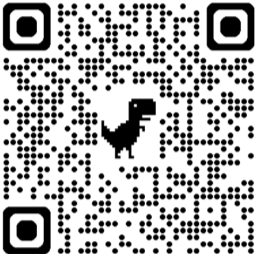Psych Vocab
Psych vocab to practice
Create multiple-choice games on Wisc-Online and play them on our Chakalaka mobile app!
But that's not all! Explore educational games created by others. Simply search by category or enter agame code number and dive into a world of learning and fun.
Download the Chakalaka mobile app here:

Topics of this game:
- Information processing guided by higher-level mental processes as we construct perceptions, drawing on our experience and expectations.
- Analysis of the stimulus begins with the sense receptors and works up to the level of the brain and mind.
- Reasoning from specific cases to general cases, typically employed by children during their development.
- Predicts how and when we detect the presence of a faint stimulus (signal) amid background noise (other stimulation). SDT assumes there is no signal.
- Minimum stimulation needed to detect a particular stimulus 50% of the time
- Minimum difference between two stimuli required for detection 50% of the time, also called just noticeable difference (JND).
- A small depression in the central portion of the retina in which retinal cone cells are most concentrated and an image is focused most clearly
- The ability to detect certain types of stimuli, like movements, shape, and angles, requires specialized cells in the brain
- The use of both eyes and refers to the difference between the view that each eye receives of a given object or scene
- A sturdy surface that is flat but has the appearance of a several-foot drop part-way across
- Theory states that within your eye are tiny cells that can receive waves of light and translate them into one of three colors: blue, green, and red
- That one member of the color pair suppresses the other color
- Hearing that states that our perception of sound depends on where each component frequency produces vibrations along the basilar membrane
- Temporal theory of hearing states that human perception of sound depends on temporal patterns with which neurons respond to sound in the cochlea
- Mechanism, in the spinal cord, in which pain signals can be sent up to the brain to be processed to accentuate the possible perceived pain, or attenu
- Sensory system that creates the sense of balance and spatial orientation for the purpose of coordinating movement with balance
- When you're presented with a set of ambiguous or complex objects, your brain will make them appear as simple as possible
- The human eye prefers to see complete shapes. If the visual elements are not complete, the user can perceive a complete shape by filling in missing vi
- Simple shapes arranged together can create a more complex image
- Things that are seen as similar on some other dimension are seen as being together
- Things that occur at the same or nearby times are seen as being together
- The ability to continue on the same way continuously indefinitely
User comments are currently unavailable. We apologize for the inconvenience and are working to restore this feature as soon as possible.

